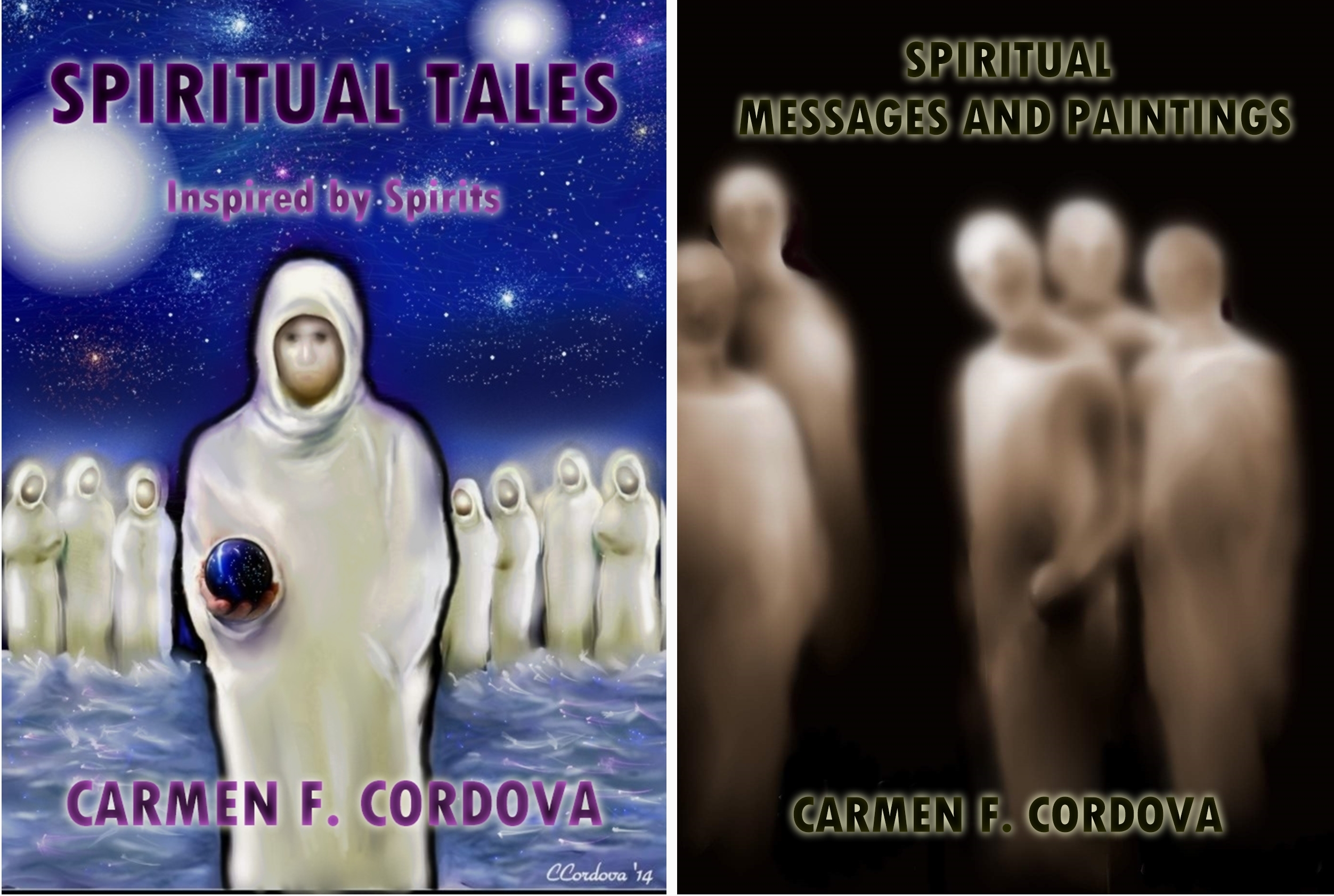What Is the Holy Trinity?
A Simple Explanation
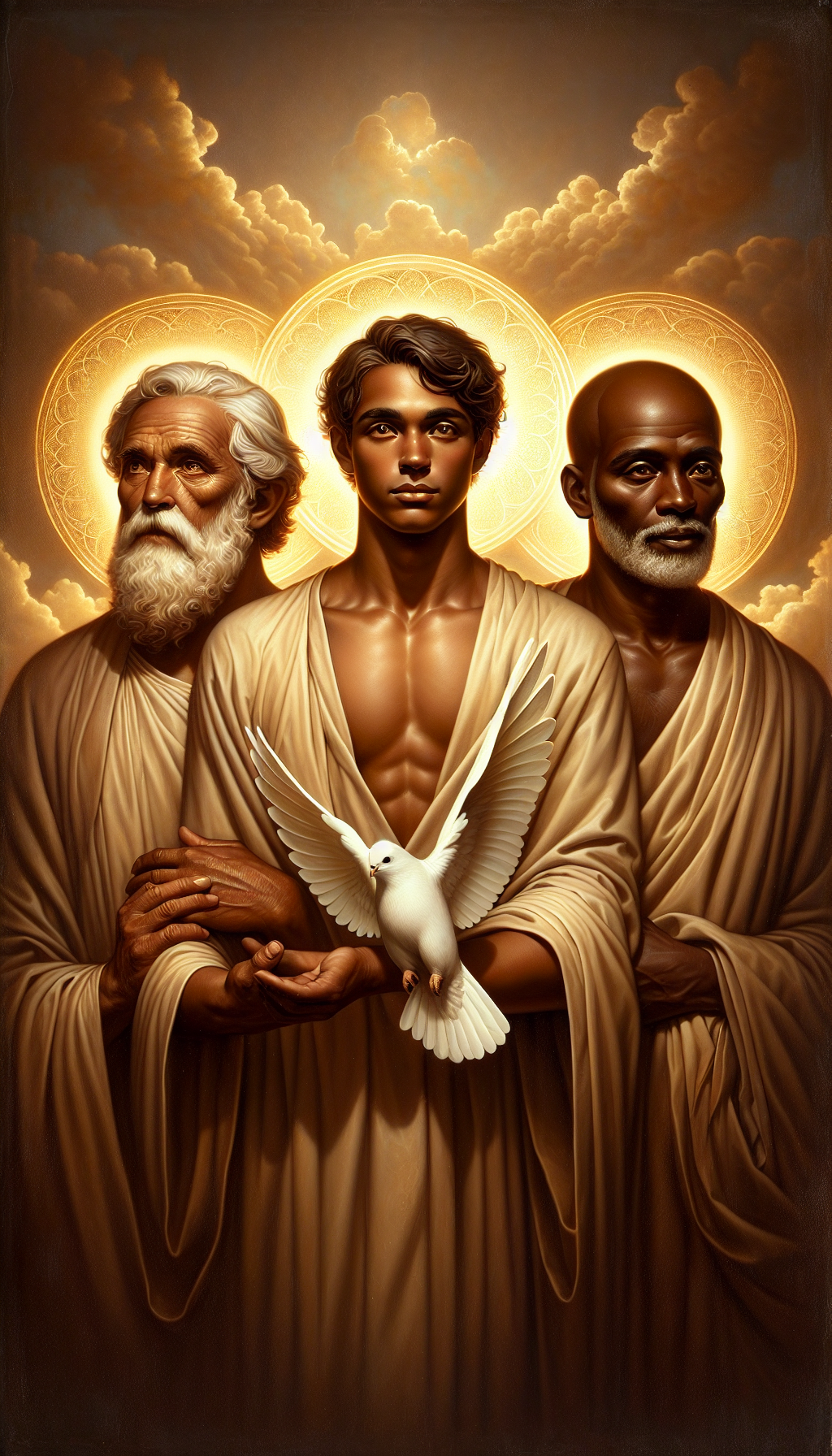 What is the Holy Trinity
Holy Trinity by Tai
What is the Holy Trinity
Holy Trinity by TaiWhat is the Holy Trinity ?
The Holy Trinity is a core Christian belief that answers the question of what is the holy trinity, describing one God in three Persons: the Father, the Son, and the Holy Spirit. This doctrine emphasizes their unity and distinct roles. This article will delve into the biblical basis, roles of each Person, common analogies, and theological models, explaining their importance in the Christian faith.
What is the Holy Trinity ?
The Concept
At the heart of Christian doctrine lies the Holy Trinity, a concept that posits one God existing in three distinct Persons: the Father, the Son, and the Holy Spirit. This three nature distinguishes Christianity from other world religions and shapes the essence of Christian prayer and worship. How can one God be three distinct persons? This is a question that has fascinated theologians and believers alike for centuries.
The Trinity’s unity is often illustrated by the idea of God being one essence in three Persons. Each Person of the Trinity—Father, Son, and Holy Spirit—shares the same divine essence, yet they are distinct in their personhood. This means that while they are fully God, they are not three gods but one, emphasizing their unity and co-equality. The concept of three divine persons highlights this relationship among the Father, Son, and Holy Spirit.
This profound doctrine has been central to the Christian faith since its inception, influencing the way believers understand and relate to God. The Trinity is not just a theological abstraction but a living reality that impacts how Christian's experience God’s presence and guidance in their daily lives.
Biblical Basis for the Holy Trinity
The concept of the Holy Trinity, while not explicitly defined in the New Testament, emerges through various biblical passages that reference God as a triad. The Bible reveals God as one God in three Persons, a truth woven throughout the Scriptures.
From the Old Testament’s hints of divine plurality to the New Testament’s explicit revelations, the doctrine of the Trinity is deeply rooted in the Bible. Understanding these biblical foundations is crucial for grasping the full picture of the Trinity’s significance in the Christian faith.
Old Testament Foundations
In the Old Testament, subtle hints of the Trinity can be found in God’s plural pronouns and the Hebrew word ‘Elohim,’ which is a plural form suggesting the complex nature of God. In Genesis 1:26, God says, “Let us make man in our image,” a passage interpreted by many as suggesting plurality within the divine nature.
Isaiah 9 provides further evidence of this complex divine nature, describing the Messiah with titles implying a connection to both God the Father and the Holy Spirit. The Spirit’s active role in creation, as depicted in Genesis, also hints at the early presence of the Trinity.
These Old Testament references, while not explicit, lay the groundwork for understanding the multi-personal nature of God. They are like pieces of a puzzle that, when combined with New Testament revelations, form a clearer picture of the Trinity.
New Testament Revelations
The New Testament provides a more explicit revelation of the Trinity. In the Great Commission, Jesus instructs His disciples to baptize “in the name of the Father and of the Son and of the Holy Spirit” (Matthew 28:19), clearly presenting the three Persons together. This passage forms a foundational basis for the doctrine of the Trinity in Christian theology.
Further, 2 Corinthians 13:14 offers a trinitarian blessing: “The grace of the Lord Jesus Christ, and the love of God, and the fellowship of the Holy Spirit be with you all.” The Book of Revelation also presents the roles of the Father, Son, and Holy Spirit around God’s throne, illustrating their unity and distinctiveness.
These New Testament texts explicitly reveal the Trinity through the teachings and missions of Jesus Christ and the apostles. They establish a framework for understanding the interrelation and co-equality of the Father, Son, and Holy Spirit, which is central to the Christian faith.
Understanding Each Person of the Holy Trinity
To fully grasp the doctrine of the Trinity, it’s essential to understand each Person’s unique role within the Godhead. The Father, the Lord Jesus Christ, and the Holy Spirit are distinct Persons, each contributing to the divine plan while sharing the same divine essence.
The Father is recognized as the creator and sustainer of the universe, the Lord Jesus Christ as the incarnate Savior, and the Holy Spirit as the guide and comforter for believers. Together, they form the triune God and the true god, reflecting a perfect unity and diversity that defines the Christian understanding of God.
God the Father
God the Father is often seen as the almighty creator and sustainer of all life. He is the source of everything that exists, initiating the divine plan and maintaining the universe by His will. This role underscores His omnipotence and the foundational nature of His existence, affirming that god exists. As time unfolds, god reveals His intentions through the world around us.
The Father’s relational aspect is crucial for believers, as it allows for a deeper engagement in worship and prayer. The title ‘Mighty God’ in Isaiah 9:6 is seen by many as indicative of the Messiah’s divine nature, linking the Old Testament prophecies with the New Testament revelations of the Trinity.
Understanding God the Father as the loving and sustaining source of all creation helps believers appreciate the profound relationship they are invited into, one characterized by love, provision, and guidance.
Revelation during Meditative State
The following was given during meditation
Since the dawn of time, humanity has speculated about the existence of God. Some people believe in God unconditionally, while others have attempted to disprove His existence by any means possible. They even challenge the notion that He is the creator of everything, using scientific methods to support their theories. For them, if something cannot be seen, felt, or tested, it does not exist.
God has been the subject of many debates among scholars throughout history. This topic will continue to ignite human curiosity until the end of time.
God has no beginning and no end. He has always existed and will always exist. God is neither male nor female; God is pure light energy. He is eternal—the purest essence unimaginable to the human mind. God is the Supreme Being.
Part of God's essence—spiritual DNA—is present in all souls. A piece of God exists in every living thing on your planet, connecting all as one unit.
You don't need to search for God outside yourself, for God resides within your heart.
The Lord Jesus Christ
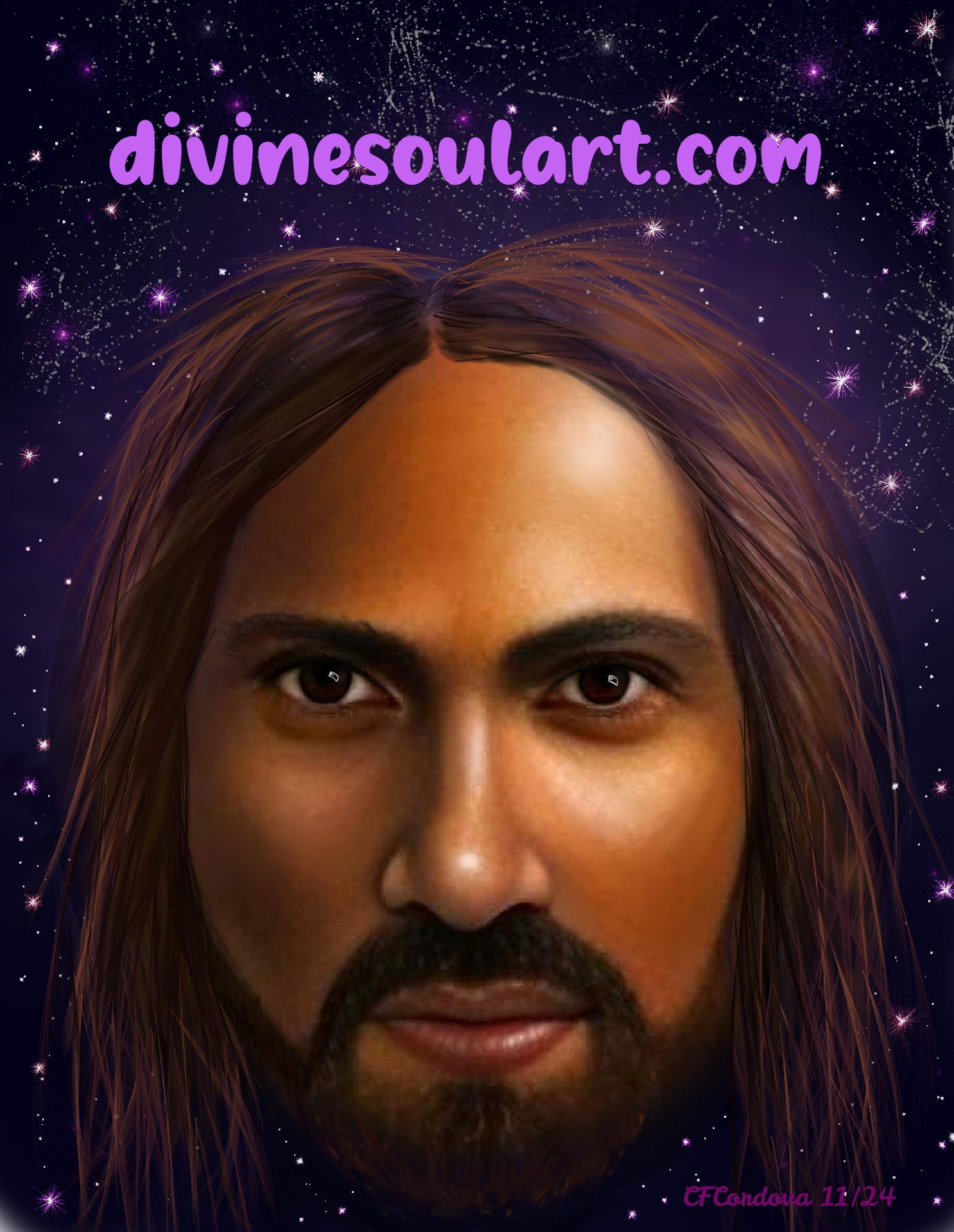 Lord Jesus
Lord JesusThe Lord Jesus Christ, the second Person of the Trinity, is central to the Christian faith for His role in salvation. He incarnated as a human being to fulfill God’s plan of redemption, bridging the gap between divine justice and human sin. His incarnation represents a profound act of divine love, as He became fully human while retaining His divine nature.
Jesus’ sacrificial role is highlighted in the title ‘Lamb of God,’ illustrating His mission to take away the sins of the world through His death and resurrection. Through Jesus Christ, believers are offered salvation and a restored relationship with Father God, making His role in the Trinity indispensable for understanding the Christian faith.
The Holy Spirit
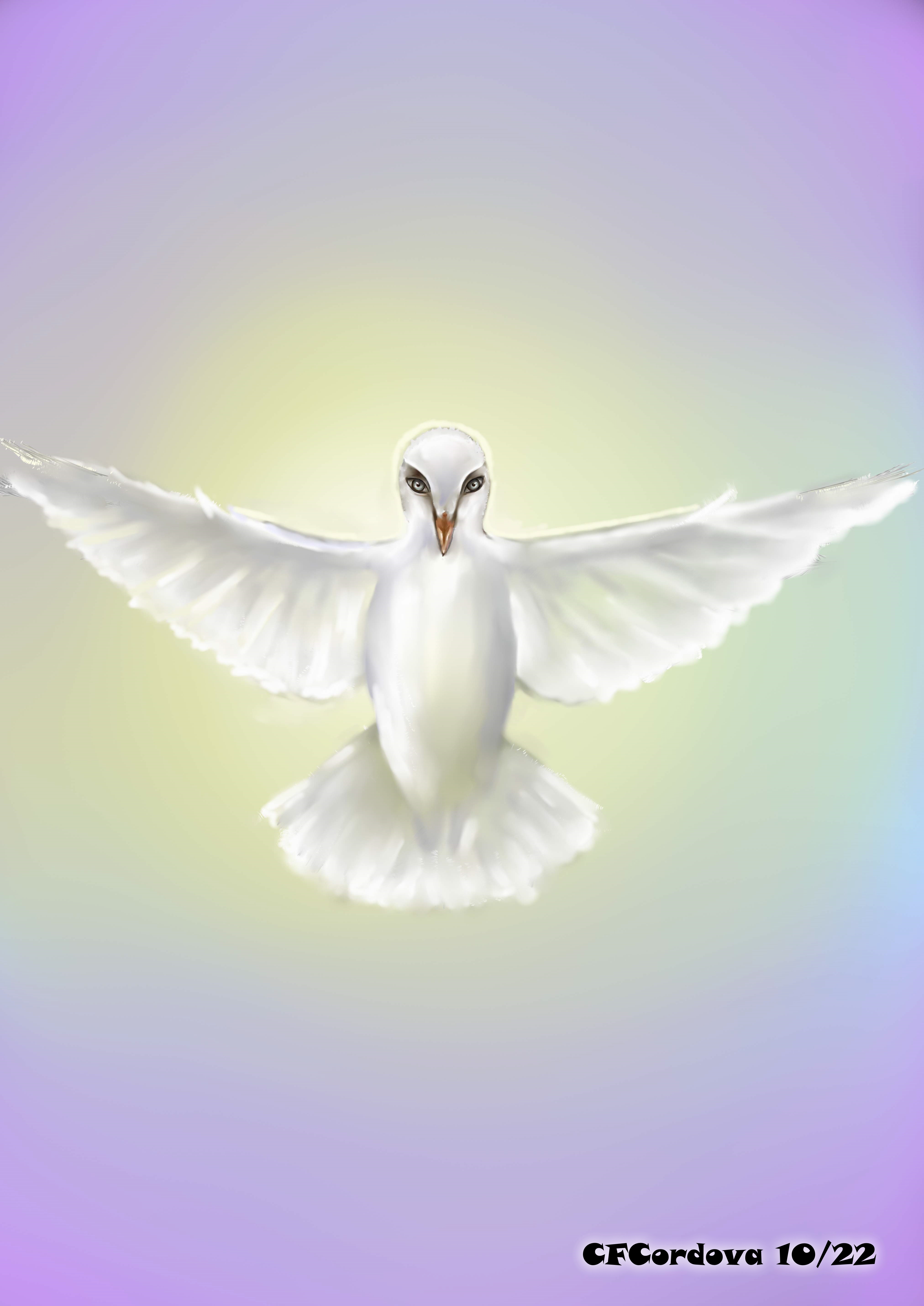 The Holy Ghost
The Holy GhostThe Holy Spirit plays a critical role in guiding, comforting, and empowering believers on their spiritual journey. Acting as a bridge in the relationship between God and believers, the Holy Spirit enables a deeper understanding and experience of divine communication.
Empowering believers for service and enabling them to live according to God’s will are key functions of the Holy Spirit. The Book of Revelation describes the Holy Spirit’s active role in revealing God’s purposes, highlighting His indispensable presence in the Trinity.
The Holy Spirit’s guidance ensures that believers are continually connected to God’s will, making His role essential for a vibrant life. The holy spirit proceeds from the Father, providing wisdom and direction.
Common Analogies and Their Limitations
To explain the complex nature of the Trinity, various analogies have been used, such as water, egg, and sun. However, these analogies often fall short and can lead to misunderstandings. The water analogy, for instance, can suggest modalism, the idea that God is one person playing three roles.
The egg analogy, which compares the Trinity to the shell, white, and yolk, can lead to partialism, the idea that the Father, Son, and Holy Spirit are parts of God rather than fully God. Similarly, the sun analogy, where God is compared to the sun with its light and heat, can also be misleading.
These analogies demonstrate the challenge of representing the Trinity accurately. While they aim to simplify, they often obscure the profound truth of the Trinity: that God is three distinct Persons in one divine essence.
Theological Models of the Holy Trinity
To further clarify the relationship between the unity of God and the distinct Persons of the Trinity, various theological models have been developed. These models aim to articulate how the Father, Son, and Holy Spirit coexist and interact within the Godhead.
The social, psychological, and economic models each offer unique perspectives on this divine mystery, helping believers understand the complex nature of the triune God.
Social Model
The social model views the Father, Son, and Holy Spirit as distinct Persons who engage in a loving relationship, similar to human interpersonal interactions. This model emphasizes the relational aspect of the Trinity, highlighting the love and unity among the three Persons.
By comparing the Trinity to human relationships, the social model provides a relatable way to understand the divine nature. However, it also has limitations, as it can suggest that the Persons of the Trinity are separate beings rather than one essence.
Psychological Model
The psychological model offers an analogy that likens the Trinity to the human mind, which consists of memory, intellect, and will. In this model, memory represents the Father, intellect symbolizes the Son and will signify the Holy Spirit.
This model highlights the oneness of God while recognizing the individual personhood within the Trinity, resembling the various functions of the human mind. It helps believers reflect on the complexity and mystery of the Trinity, thereby deepening their understanding and strengthening their faith.
Economic Model
The economic model examines the distinct roles of each Person in the divine plan, highlighting their functions in creation, redemption, and sustenance. Each Person of the Trinity is dynamically involved in the economy of salvation, revealing God’s nature through their distinct roles.
This model focuses on the distinct roles each distinct person of the Trinity plays in the divine plan of salvation and creation, providing a comprehensive understanding of their unity and diversity.
Misconceptions About the Holy Trinity
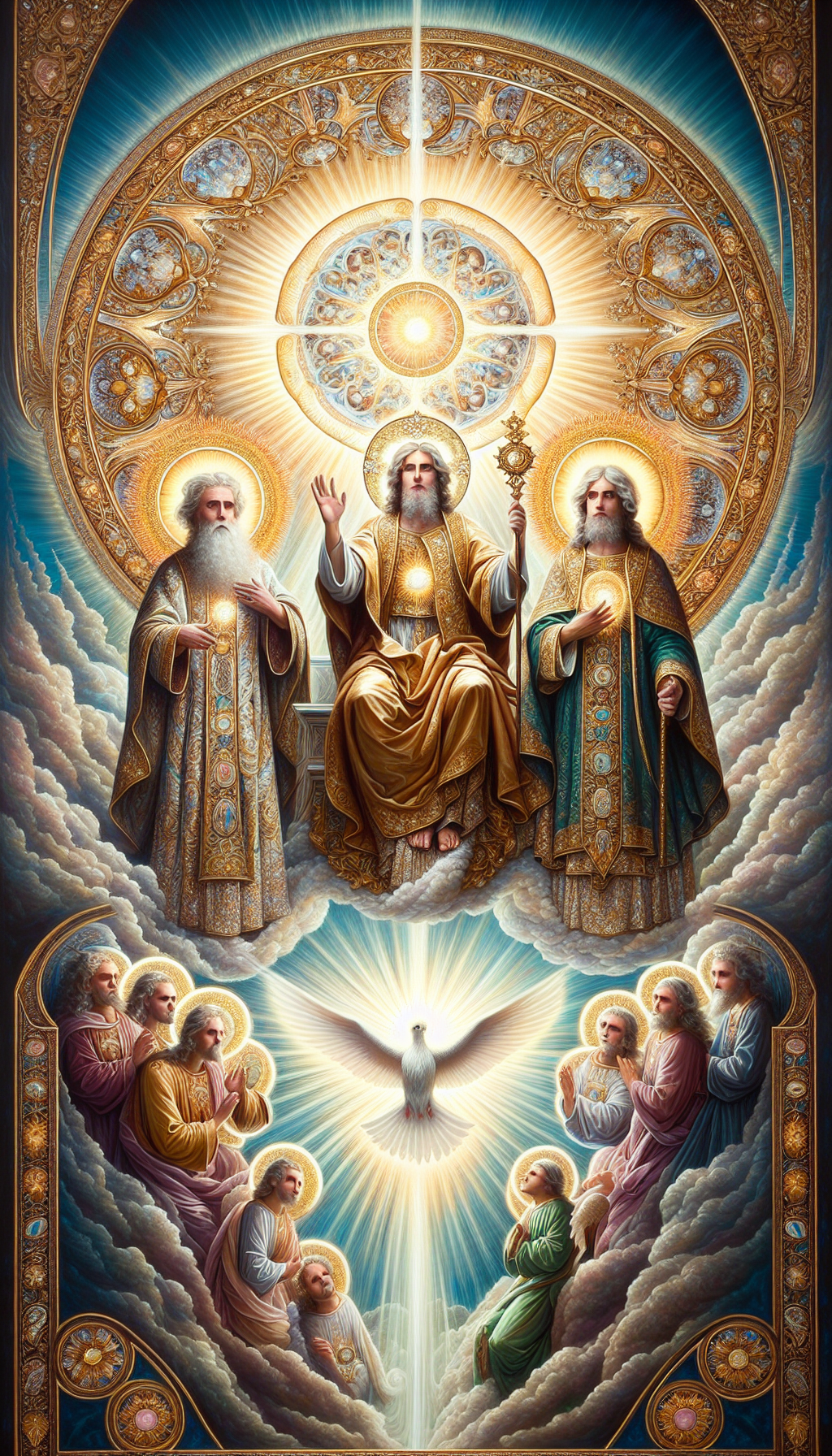 The Holy Trinity by Tai
The Holy Trinity by TaiDespite the clear biblical basis for the Trinity, misconceptions abound. One common misunderstanding is modalism, which suggests that the Father, Son, and Holy Spirit are merely different roles or modes of God, rather than distinct Persons.
Another misconception is tritheism, which incorrectly views the Father, Son, and Holy Spirit as three separate gods. This misunderstanding stems from a misinterpretation of the term ‘persons’ in the context of the Trinity.
Using analogies to explain the Trinity can also lead to misunderstandings. For example, the egg analogy can suggest partialism, the idea that the Father, Son, and Holy Spirit are parts of God rather than fully God. These misconceptions highlight the importance of careful theological reflection when discussing the Trinity.
Importance of the Holy Trinity in Christian Faith
The doctrine of the Trinity is foundational to understanding faith and God’s nature. It emphasizes that while the Father, Son, and Holy Spirit are distinct, they are co-equal and co-eternal. Understanding the Trinity involves recognizing that each Person—Father, Son, and Holy Spirit—is fully God. This profound truth shapes the way Christians relate to God in worship, prayer, and daily life.
The relational nature of the Trinity reflects a relationship of love and unity among its three Persons, informing how Christians communicate and respond to God’s call. This understanding is crucial for a vibrant and meaningful Christian faith.
Summary
The doctrine of the Trinity, while complex, is foundational to the Christian faith. It reveals the relational nature of God and His interaction with humanity. Understanding the Trinity helps believers appreciate the unity and diversity within the Godhead, shaping their worship and prayer life.
As we conclude this exploration, it is clear that the Trinity is not just a theological concept but a living reality that profoundly impacts how Christians experience God. Embracing this mystery enhances our faith and deepens our relationship with the divine.
Below are prayers to the Holy Trinity. We invite you to join us in prayer..
Prayers to the Holy Trinity
Join us in Prayer
Glory be to the Father,
Who by His almighty power and love created me,
making me in the image and likeness of God.
Glory be to the Son,
Who by His Precious Blood delivered me from hell,
and opened for me the gates of heaven.
Glory be to the Holy Spirit,
Who has sanctified me in the sacrament of Spiritual Baptism,
and continues to sanctify me
by the graces I receive daily from His bounty.
Glory be to the Three adorable Persons of the Holy Trinity,
now and forever.
Amen.
In the name of the Holy Trinity,
Where there is inner conflict, may there be harmony.
Where there is war, may there be peace.
Where there is hate, may there be love.
Where there is sadness, may there be joy.
Where there is hunger, may there be food.
Where there is illness, may there be healing and comfort.
Where there is a separation between nations and humans, may there be unity and understanding. Where there is despair and suffering, may there be hope and blessings.
May the Divine Light cover the Earth, and may all souls find their way to the light.
Amen
Click below and views more than 600 pieces of spiritual artwork

Spiritual Books
If you enjoy the articles on this website, you will also appreciate the short stories in the books below. Click here and continue the journey.
